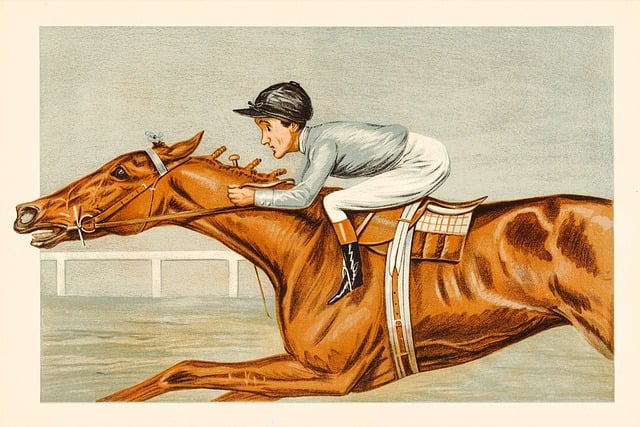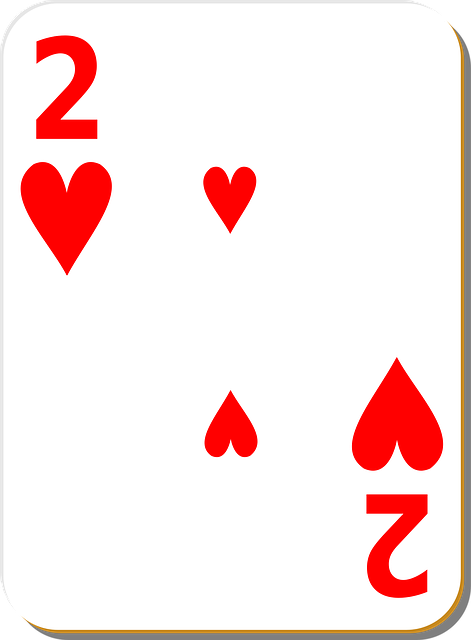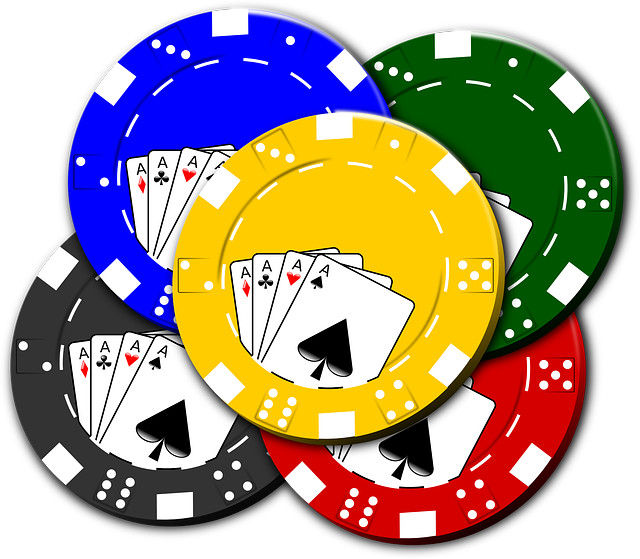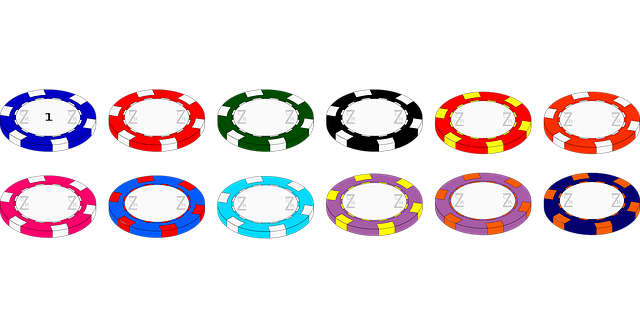Understanding Betting Odds Explained is vital for sports gambling. Odds represent event likelihood with numerical values, influencing wager strategies. Bookmakers calculate odds based on data, models, and expected value. Decoding formats (decimal, fractional, American) offers insights into outcomes and stakes, empowering informed decision-making in a competitive betting market.
Betting odds are a fundamental concept in sports gambling, yet many newcomers find them confusing. This comprehensive guide aims to demystify betting odds explained, breaking down complex ideas into simple terms. From understanding basic concepts to learning how bookies calculate odds and decoding various odds formats, this article is your one-stop resource for navigating the world of betting odds.
- Understanding Basic Betting Odds Concepts
- How Bookies Calculate Betting Odds
- Decoding Odds Formats and Meanings
Understanding Basic Betting Odds Concepts

Understanding basic betting odds concepts is pivotal in navigating the world of sports gambling and wagering. Betting odds represent the likelihood of a particular event occurring, with each outcome assigned a numerical value that reflects its probability. These odds can take various forms, but they all convey the same information: the potential payoff relative to your stake. For instance, if you place a bet on Team A winning a game with odds of 2/1 (or 3.0), it means that for every unit wagered, you’ll receive three units in return should your prediction come true. This simple concept forms the backbone of betting odds explained, offering both beginners and seasoned gamblers a shared language to discuss and evaluate potential wagers.
The house edge or house advantage, often calculated as a percentage, is inherently tied to these odds. It represents the average profit expected by the bookmaker for each unit wagered over countless bets. For example, if a bookmaker offers odds of 1/2 (or 1.5) on a favorite team winning, it implies they expect to win slightly more than half of all corresponding wagers placed. By understanding basic betting odds concepts, you gain insights into how bookmakers price events and why certain outcomes are considered more likely or less so, facilitating informed decision-making in your wagering strategies.
How Bookies Calculate Betting Odds

Bookies calculate betting odds by assessing a range of factors related to an event’s outcome probability. They consider historical data, team or player performances, current form, and even external variables like weather conditions. Using complex algorithms and statistical models, bookies assign numerical values representing the likelihood of each possible result.
These calculations are underpinned by the principle of expected value, where odds reflect the average payoff a bettor can expect for their wager. Higher odds indicate a greater uncertainty in the outcome, while lower odds suggest a more predictable result. By balancing these factors, bookies aim to offer fair and competitive betting markets, providing bettors with an informed edge as they navigate the world of betting odds explained.
Decoding Odds Formats and Meanings

Decoding Odds Formats and Meanings
When it comes to betting odds, understanding the formats and their meanings is a crucial step in the world of wagering. The most common ways to present betting odds are decimal (or European), fractional (or British), and American. Each format offers unique insights into the potential outcome and the stake required for each bet. Decimal odds, often seen online, represent the probability of an event occurring as a fraction of 1, making it easy to calculate potential returns. Fractional odds, commonly used in traditional bookmakers, show the profit you’ll make based on a unit stake; for example, 2/1 (or 3.0) means you win double your bet and keep the stake.
American odds, denoted with plus (+) or minus (-) signs, indicate the amount of money you could win beyond your initial wager. A positive sign (+) shows the potential profit on a $100 bet, while a negative sign (-) represents the amount you must bet to win $100. Understanding these formats equips bettors with essential knowledge, allowing them to make informed decisions and maximize their chances of success in the ever-evolving world of betting odds explained.
Betting odds are a fundamental aspect of gambling, offering insights into potential wins. By understanding basic concepts, calculating methods, and various odds formats, you can make informed decisions. This knowledge equips you to navigate the world of sports betting with confidence, ensuring an engaging and potentially rewarding experience. Now that you’ve explored betting odds explained, you’re ready to apply these principles in your next wager.






